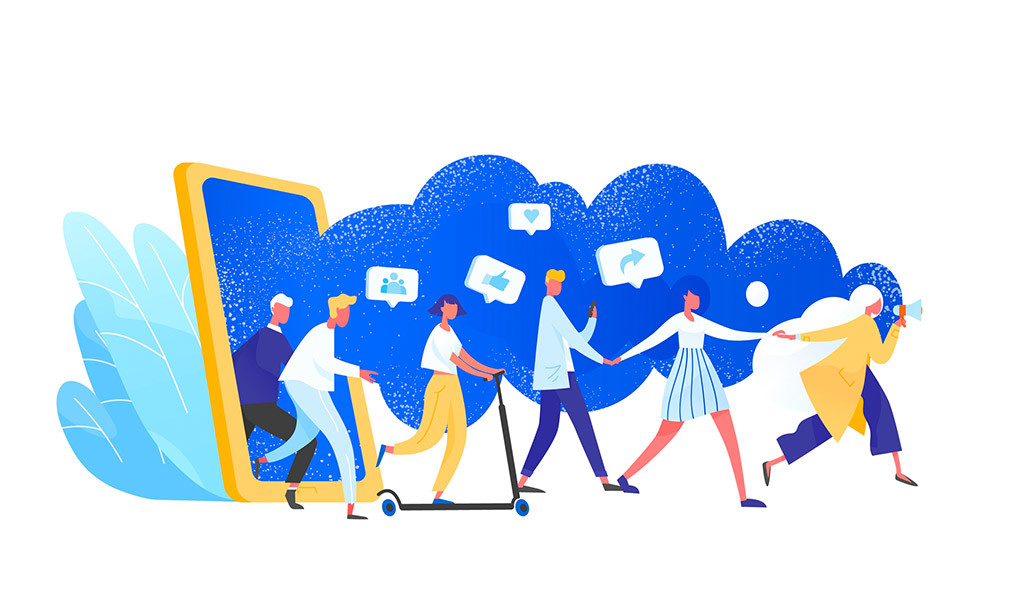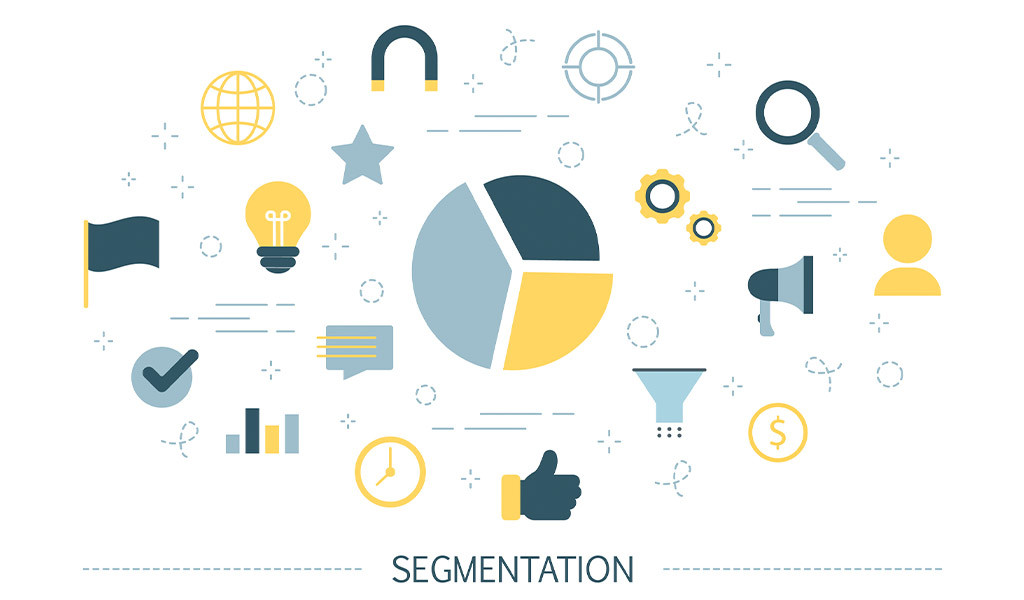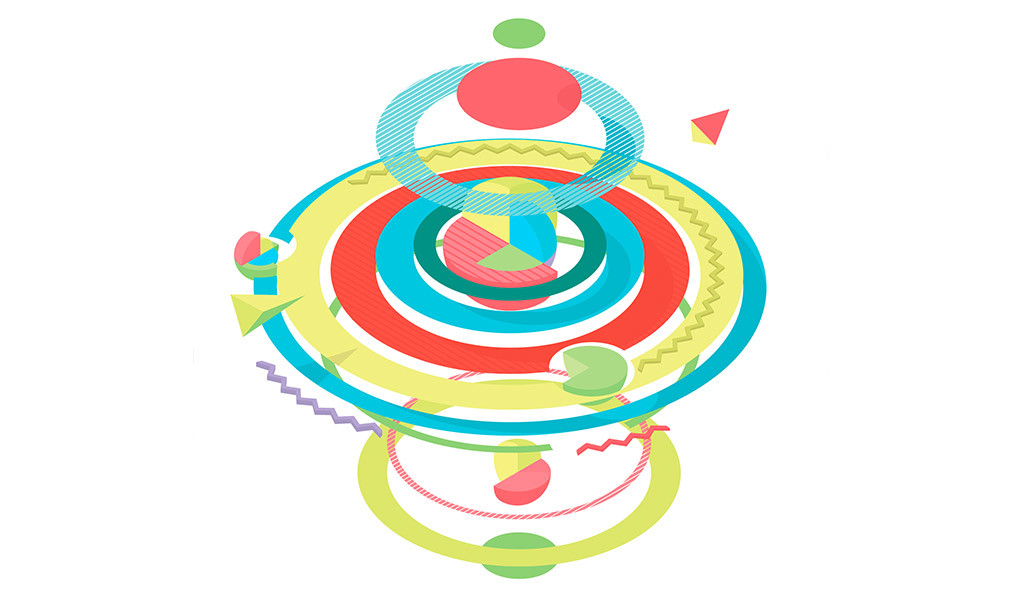
Customer experience is fast becoming the number one priority for businesses all over the globe. In fact, according to one study, over 80% of organizations expected to compete mainly on customer experience in 2019. The logic is simple. Consumers don’t want to give their money to businesses that treat them badly. However, the focus is now shifting and instead of just “not bad”, customers want an excellent experience. Customers remember highly positive and frictionless interactions with businesses, and they will continue to seek that experience the next time they think of making a purchase.
A ton of factors contribute to providing a competitive and high-quality customer experience but knowing your customers and how to reach them is the vital first step. This is where customer segmentation comes in.
What Is Customer Segmentation?
Customer segmentation is an excellent way to gain insight into the market landscape. Customer segmentation is all about grouping customers into segments based on shared qualities or characteristics. You may also hear customer segmentation be called ‘clustering’. The tools and techniques used to find the customer segments are called clustering algorithms. These algorithms often use fancy math to create segments, but all you need to worry about is the end result: what are your segments, and how can you use this information to better your customer service.
How Does Customer Segmentation Work?
The best way to gain an understanding of how you form clusters is to look at an example.
Let’s say you have a customer base with a wide range of ages and incomes. Looking at the data as a whole isn’t very useful when it comes to your business goals because how you approach achieving these goals will depend on the circumstances of particular customers. By grouping customers into clusters, you can make certain assumptions about what they value most from their customer service experience and what approach is most likely to resonate with them.
You can compile a graph of age vs income. You can then use this graph to create your clusters. For example, in the bottom left of the graph you may have people who are young (say 18-24 years old), and also have a low income. You may decide to categorize these customers as Students. Similarly, you may have people aged 18-30 with a high income and decide to categorize these customers as High-Earning Young Professionals. People in middle age with an even higher income might be categorized as Executives. You may also have people who are in their old age but have a low income. These people may fall into the ‘Retirees’ category.
It’s important to note that not every customer has to fall into a category and trying to make every data point fit will actually make your clusters less useful. It’s fine to have outliers in your data, in fact, it’s expected. There are people out there who have an Executive salary before age 20 and there are people in middle age with a very low income, but it’s not common so it’s not useful to plan your strategies around these outliers.

Types of Customer Segmentation
So, we’ve looked at age vs income, but there are actually many different ways to segment your customers. Let’s take a look.
Demographics
The example we looked at above fits into this category. You may decide to make your clusters even simpler by just looking at age or just looking at income. Here are some other categories that fall into demographics:
- Gender
- Education
- Marital Status
- Ethnicity
- Occupation
- Family Size
- Religion
Which demographic segments matter to you will depend on the nature of your business. For example, if you deal with the sale of cars, then gender, family size, income, and age may be more important than religion, ethnicity, and education. Customers with a larger family size are going to be less likely to buy an expensive 2-seater car than a young professional with a high income and a small family size of 1. This is something you can keep in mind during all customer service interactions too. If you want to offer discounts or upgrades, it helps to know what will be appealing to your customers and what won’t.
Behavioral Segmentation
Behavioral segmentation is the process of clustering customers based on how they interact with your brand and their buying behavior. The segments could be:
- How frequently the customer buys from you: For example, you may put customers who have bought from you 10 times in a different category to one-time buyers.
- Special Occasions: How the customer interacts with your brand during pregnancy or when they’re planning a wedding or birthday.
- Loyalty: You may be able to determine which customers show a strong sense of brand loyalty to your business. This can then help you make new strategies for customer retention.
Geographic Segmentation
As the name alludes, geographic segmentation is all about segmenting your customers by their location. Knowing this information can help you understand the local customs, expectations, and climate of the customers in those locations. You may decide to segment based on:
- Region: Regions often have many cultural similarities.
- Country: Countries have their own set of customs, holidays, and unique issues.
- State: States are almost like mini countries and have their own sense of identity and customs. If you want to compete with local businesses, then you need to understand the state and its people.
- Climate: Consumers in cold climates that experience harsh winters are more likely to need seasonal winter clothing months ahead of consumers in more temperate climates.
- Regional diet or food preferences: For example, pork-based products are not popular in the middle east due to religious restrictions on the consumption of pig).
- Rural or Urban: If you sell outdoor landscaping products like lawnmowers, trimmers, shears, and decorative items, you likely notice a difference in the purchasing behavior between customers in rural areas vs urban areas. People in rural areas are much more likely to want high-powered lawnmowers than those in urban areas.
Benefit Segmentation
Benefit Segmentation is similar to behavioral segmentation in that it focuses on customer buying behavior, but with a particular focus on why. For example, let’s say you sell sports shoes.
You may be able to segment your customers based on what benefits they are seeking from your product in the following ways.
- Runners: Comfort and longevity will be a priority.
- Professional athletes: Likely looking for performance and comfort over everything else.
- Fashion sports shoes: These may be more popular with college students and other young people.
Customer Journey Segmentation
This is about knowing where in the buying process your customer is. The segments might look like this.
- Customers who have abandoned their shopping carts.
- Customers who have purchased from you 12 months ago but since.
- Customers who only purchase when you have sales or discounts active.

6 Reasons Why You Should Use Customer Segmentation to Deliver a Better Customer Experience
Drive-Up Retention Rates
A typical American business will lose 15% of its customers every year. However, you may also have heard that 80% of your future profits will come for just 20% of your existing customer base. Customer retention is an essential part of any successful business and failing to keep your customers can result in a huge loss of earnings. It’s been estimated that companies lose more than $136 billion every year just from consumers switching to another brand. So, how can you use customer segmentation to drive up retention rates?
By segmenting your customers, it’s easier to keep them happy. You know which marketing tactics are more likely to work with each segment. This means you are providing higher quality suggestions that are more likely to be well received. You can also perform market research with each of your segments to make actionable goals about which direction your company should go. Do you have a lot of customers aged 18-24? Do they prefer dealing with customer service on the phone? Or do they prefer Live Chat? Which device are they using to access your website? Does your website perform well on that device? These are all questions you can consider when developing your customer retention strategies.
Make Yourself Visible During Key Times
If you have customers who celebrate a particular holiday, for example, Eid, Hanukkah, Christmas, or Diwali, you may want to tweak your marketing to reach out to these customers. This has the effect of many customers feel appreciated. The same is also true for special occasions. Your customer may have a birthday or wedding coming up and you can tailor your communications to suggest purchases they may benefit from.
Offer Well-Timed Discounts To Drive Sales
If you have identified a cluster of customers who have recently abandoned their shopping cart, you may be able to convince them to purchase by offering them a discount on the products in their cart. Interestingly, women are slightly more likely than men to pay attention to discounts and promotions. You may want to offer more aggressive discounts to your female customers.
Bring Old Customers Back
According to one report, 30% of small business owners estimate that 15-20% of all first-time customers don’t return. Sometimes the customer has just forgotten about your business and it’s your job to attract them back. By segmenting your customers, you can easily identify one-time customers and design a strategy that will bring them back. You may be able to offer them a large discount or a free item if they buy a product over a certain price.
A More Personalized Experience
By segmenting your customers, you identify trends with each group and this allows you to deliver a more personalized message to its members. For example, if you identify one segment as Students, you may want to send them a marketing email around Finals and offer them something to ‘de-stress’, help them study, or whatever else. The point is that you’re connecting with them on a personal level.
Beat The Competition
Understanding your customers allows you to provide a better customer experience which will keep consumers coming back to you. Companies who don’t segment their customers will find themselves falling behind as you race ahead. One study found that 65%-75% of new products fail to meet their revenue targets. A key reason that this happens is that the business has failed to understand what their customers really want and have gone for a one-size-fits-all approach.
Conclusion
By segmenting your customers, you can create highly efficient and effective customer experience strategies that truly connect with your customers. A one-size-fits-all approach to customer-business interaction is no longer appropriate for such a fast-paced and highly customized modern world, so customer segmentation is becoming a must. By understanding your customers and their buying behaviors, you’re better able to offer them what they want and as such leave them with a more positive experience with your company.